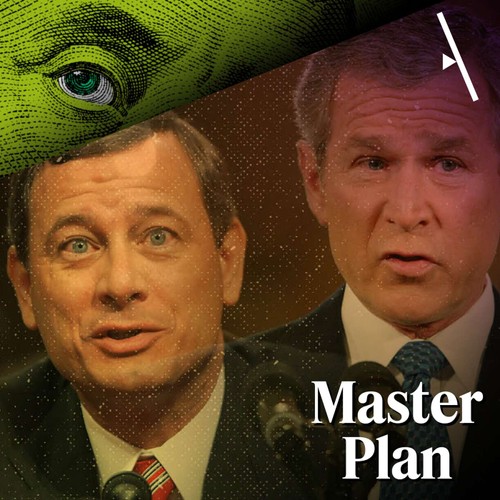
 Master Plan
Master Plan Rise of the Machine
21 snips
Oct 1, 2024 Dive into the intricate world of the U.S. Supreme Court and its shifting dynamics. Explore how conservative activists are reshaping judicial power through strategic nominations and campaign finance influences. Discover the gripping tales of past nominations like Bork and Thomas, and the impact of the controversial 2000 presidential election on judicial outcomes. Witness the behind-the-scenes political maneuvering that’s redefining the court’s landscape, all while grappling with the implications for democracy and judicial independence.
AI Snips
Chapters
Transcript
Episode notes
Roberts' Early Criticism
- In 2000, John Roberts, then a corporate lawyer, appeared on a Dallas TV show.
- He criticized Republican-appointed Supreme Court justices for siding with campaign finance reformers.
Need for Ideological Judges
- Conservative activists were frustrated with "squishy" Republican-appointed judges.
- They aimed to install ideologically driven judges who would consistently deliver desired rulings.
Roberts' Confirmation
- Five years after his TV appearance, John Roberts became Chief Justice, nominated by George W. Bush.
- During his confirmation, Roberts promised impartiality, likening judges to umpires.
